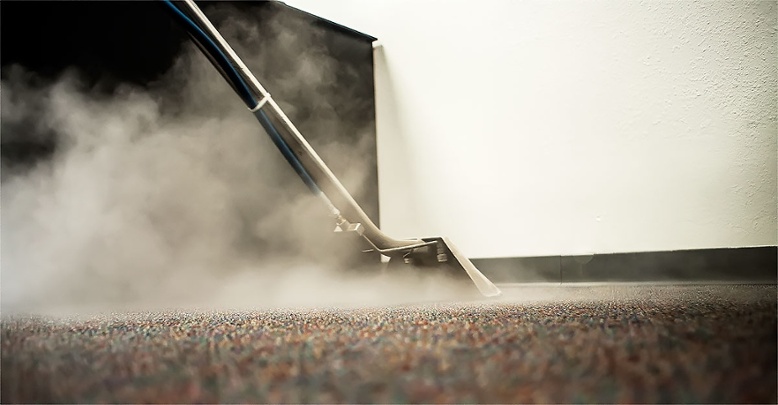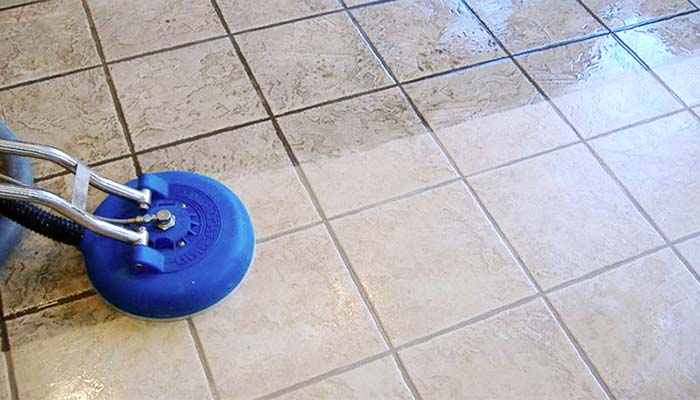Environmental cleaning and disinfection
Gastroenteritis may be caused by a number of pathogens, but the most common cause of gastroenteritis outbreaks in children’s services centres is norovirus. Norovirus is a very hardy organism that may survive on surfaces for up to 28 days, and as norovirus is highly infectious (approximately 10-100 viruses is all that is needed to cause infection), cleaning and disinfection of the environment is one of the most important measures for limiting the spread of disease.
The frequency of environmental cleaning and disinfection during an outbreak should be at least twice daily, particularly of frequently touched surfaces such as, toilets, toilet seats, flush handles, taps, light switches potties, cupboard handles, door handles tables, cots, high chairs, booster seats, and change tables. All other areas of the premises, including children’s rooms, staff rooms, outdoor play equipment and all communal areas should also be cleaned and disinfected frequently during an outbreak. Change tables should be cleaned and disinfected after every nappy change.
The choice of disinfectants that are effective against norovirus is limited. Generally, quaternary ammonia compounds (QATs), chloroxylenol (e.g. Dettol™) and alcohols have not been shown to be effective against norovirus,but chlorine-based disinfectants at a minimum dilution of 1000ppm are.
Always follow the manufacturer’s instructions for use (and dilution) of detergents and disinfectants. See also appendix 1A which is a guide for the dilution of chlorine-based solutions required for disinfection.
A final clean and disinfection should be conducted when there have been no further ill cases in
staff or children for more than 48 hours and when the outbreak has been declared over.
If a commercial cleaning company has been engaged by the children’s services centre to undertake
the
environmental cleaning it the children’s centre’s responsibility to ensure that the cleaning
contractor is conducting the cleaning and disinfection in accordance with this guide and should
be
able to provide documentation to the facility confirming this.
Kitchen cleaning
All kitchen areas should be cleaned and disinfected at the beginning of every outbreak and then twice daily until the outbreak has been declared over. All work surfaces, benches, shelving, doors, sinks, floors, trolleys etc., or any other areas that are possibly contaminated should be cleaned and sanitised with 1000ppm of available chlorine. See appendix 1A for chlorine dilutions or check your supplier or manufacturer’s instructions.
Kitchen – food contact surfaces (utensils, equipment, trays, etc)
Food contact surfaces including utensils, trays and equipment such as mixers and blenders, etc., need to be washed and sanitised in one of the following ways:
- Wash with hot water and detergent, then soak items in hot water at a minimum of 77oC
for at least 30 seconds,
OR - Place items in a commercial dishwasher where the water temperature of the rinse cycle is greater
than 80oC,.
OR - Wash by hand then immerse in 100ppm of available chlorine for at least 3 minutes at a minimum
water temperature of 50C, rinsed in hot water then dried,
OR - For equipment that cannot be completely soaked in water, 200ppm of available chlorine should be used on all surfaces for 10 minutes, then rinse and dry.
It is important that all food processing equipment (blenders, mixers, stab mixers etc.) be dismantled enough to be thoroughly cleaned and disinfected. Equipment parts need to be washed and scrubbed clean before a chlorine-based solution can be applied or before the parts are placed into a dishwasher.
Toys and Play Equipment
The cleaning and disinfection of toys is important to reduce the spread of disease, especially during an outbreak...
- Wash and disinfect toys regularly.
- Use dishwashers with appropriate temperature settings.
- Remove soiled toys until cleaned.
- Rotate toys to reduce daily cleaning load.
- Do not move toys between rooms during outbreaks.
- Remove non-immersible toys during outbreaks.
- Clean outdoor play equipment daily during outbreaks.
- Avoid using sand pits, wading pools, water play tables, and play dough during outbreaks.
Vacuuming and polishing floors can recirculate norovirus and are not recommended during an outbreak.
- Clean contaminated carpets with detergent and hot water, then steam clean.
- Use true steam cleaners that release steam under pressure above 100°C.
- Restrict access to soiled carpeted areas until cleaned.
- Remove people from affected area for at least one hour.
- Discard uncovered food in the area.
- Wear disposable PPE (gloves, apron, mask).
- Use paper towels to soak up waste and dispose in sealed bags.
- Food handlers should not clean up vomit or faeces.
- Clean infected areas last.
- Renew cloths and bucket contents between rooms.
- Wear durable gloves.
- Use disposable equipment where possible.
- Wash and air dry non-disposable equipment.
- Launder soiled items separately with hot water and detergent.
- Minimize handling of soiled linen.
- Place soiled items in sealed bags for parents to launder.
- Use gloves and hottest cycle possible.
- Use laundry sanitiser if washing below 60°C.
- Use appropriate PPE when cleaning contaminated items.
- Take extra care during nappy changes and toileting.
- Dispose of PPE in sealed plastic bags.
- Wash hands before and after using PPE.
| Item | Cleaning Recommendation |
|---|---|
| Carpets contaminated by faeces or vomit | Clean with warm water and detergent then steam clean. DO NOT vacuum during outbreak. |
| Children’s learning rooms and frequently touched items | Wash with detergent and hot water, disinfect with 1000ppm chlorine for 10 minutes, rinse and dry. |
| Kitchen – food contact surfaces |
|
| Kitchen – work surfaces and fixtures | Wash with detergent and hot water, disinfect with 1000ppm chlorine for 10 minutes, rinse and dry. |
| Mattresses and soft furnishings | Clean with warm water and detergent then steam clean (true steam cleaners release steam under pressure above 100°C). |

